Archives
- 2025-11
- 2025-10
- 2025-09
- 2025-03
- 2025-02
- 2025-01
- 2024-12
- 2024-11
- 2024-10
- 2024-09
- 2024-08
- 2024-07
- 2024-06
- 2024-05
- 2024-04
- 2024-03
- 2024-02
- 2024-01
- 2023-12
- 2023-11
- 2023-10
- 2023-09
- 2023-08
- 2023-07
- 2023-06
- 2023-05
- 2023-04
- 2023-03
- 2023-02
- 2023-01
- 2022-12
- 2022-11
- 2022-10
- 2022-09
- 2022-08
- 2022-07
- 2022-06
- 2022-05
- 2022-04
- 2022-03
- 2022-02
- 2022-01
- 2021-12
- 2021-11
- 2021-10
- 2021-09
- 2021-08
- 2021-07
- 2021-06
- 2021-05
- 2021-04
- 2021-03
- 2021-02
- 2021-01
- 2020-12
- 2020-11
- 2020-10
- 2020-09
- 2020-08
- 2020-07
- 2020-06
- 2020-05
- 2020-04
- 2020-03
- 2020-02
- 2020-01
- 2019-12
- 2019-11
- 2019-10
- 2019-09
- 2019-08
- 2018-07
-
br Conclusion The HT receptor family is
2025-03-03

Conclusion The 5-HT receptor family is complex, and one may ask as does Bryan Roth et al. [205] whether this is useless RS-1 (i.e. too much redundancy) or an embarrassment of the riches (i.e. many potential targets to choose from to affect normal or pathological function); molecular biology has
-
Introduction Dementia is a common disease
2025-03-03
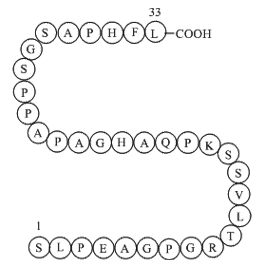
Introduction Dementia is a common disease in the elderly, and a significant source of disability, healthcare spending, and long-term care admissions. There is evidence to suggest that testosterone plays a role in cognitive functioning, and lower serum levels correlate with higher amyloid deposits (
-
br Disclosure br Acknowledgement br Introduction CYP
2025-03-03
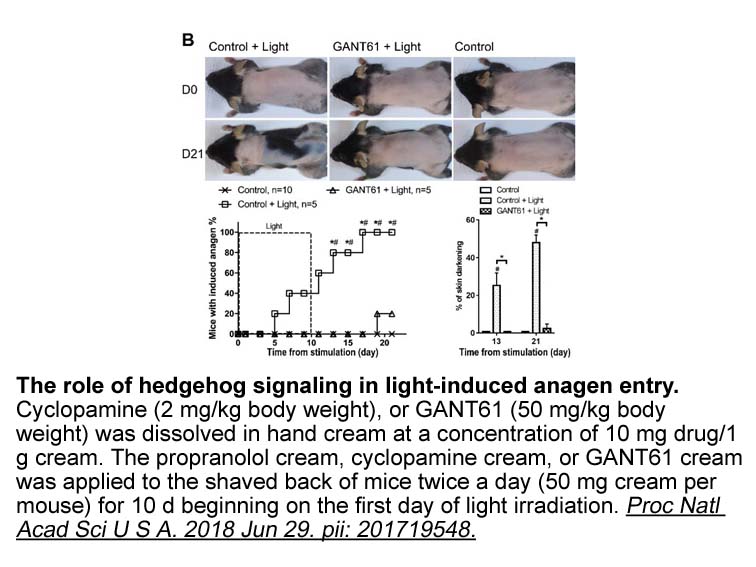
Disclosure Acknowledgement Introduction CYP17A1 is a multifunctional enzyme with both 17α-hydroxylase and 17,20-lyase activities and is essential for the biosynthesis of steroidal Enasidenib in male testes and adrenal glands. The 17α-hydroxylase activity of CYP17A1 is involved in the conve
-
Receptor tyrosine kinase Axl is a member
2025-03-03
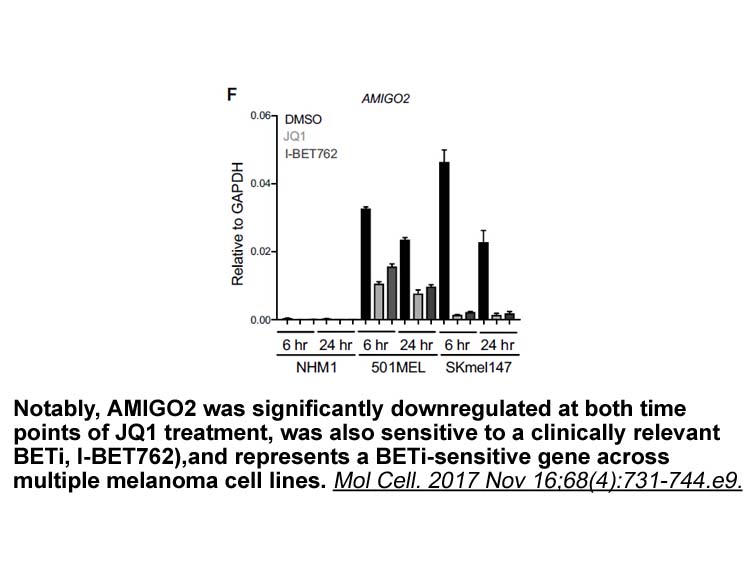
Receptor tyrosine kinase Axl is a member of the TAM (Tyro3/Axl/Mer) family, and has reported been associated with a spectrum of human cancers [8]. Numerous studies have revealed that the oncogenic potential of Axl is attributed to the anti-apoptotic and proliferative signaling pathways triggered by
-
For these reasons the role played by autophagy
2025-03-03
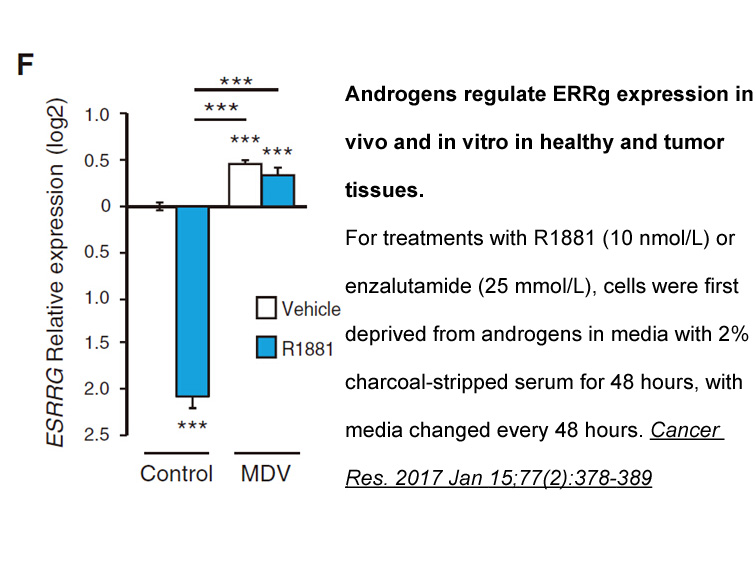
For these reasons, the role played by autophagy in environmental neurotoxicity is not always easily determinable. Indeed, although the neuroprotective role of autophagy has been shown by several studies, sometimes induction of autophagy was associate with deleterious effects (Glick et al., 2010, Sri
-
We wanted to investigate the influence of
2025-03-01
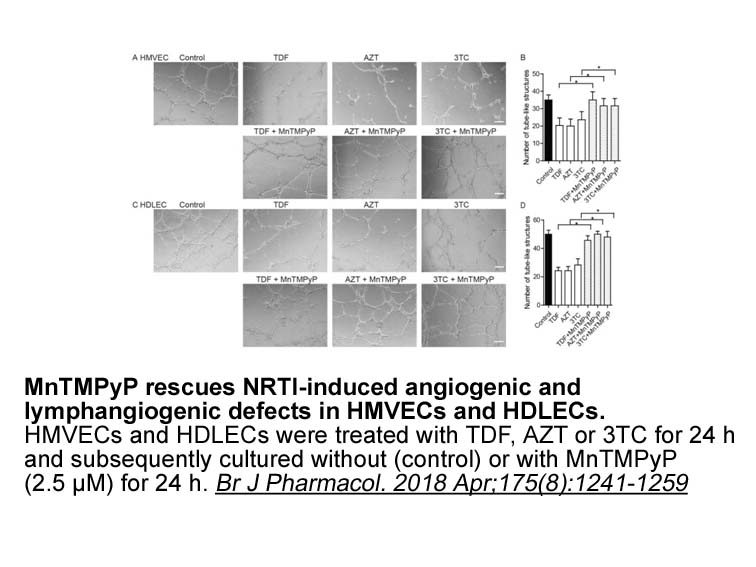
We wanted to investigate the influence of substituents on the pyrazole ring on the activity, but only a few substituted pyrazole-3-carboxylic acids/esters were commercially available in useful amounts at a reasonable price, for example, 4- and 5-nitro-pyrazole-3-carboxylic acid. The preparation of 4
-
PGR regulation of epithelium stroma crosstalk is proven by
2025-03-01
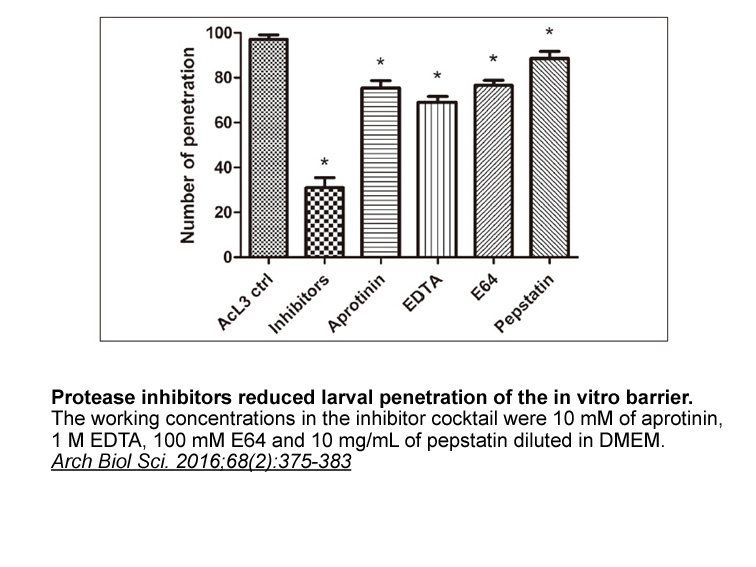
PGR regulation of epithelium–stroma crosstalk is proven by numerous studies that utilize genetically engineered mouse models. Before embryo implantation, epithelial PGR mediates the progesterone signal to transcriptionally increase the Ihh levels 13, 15. Epithelial IHH then activates the stromal hed
-
Apoptosis signal regulating kinase ASK also referred to as
2025-03-01
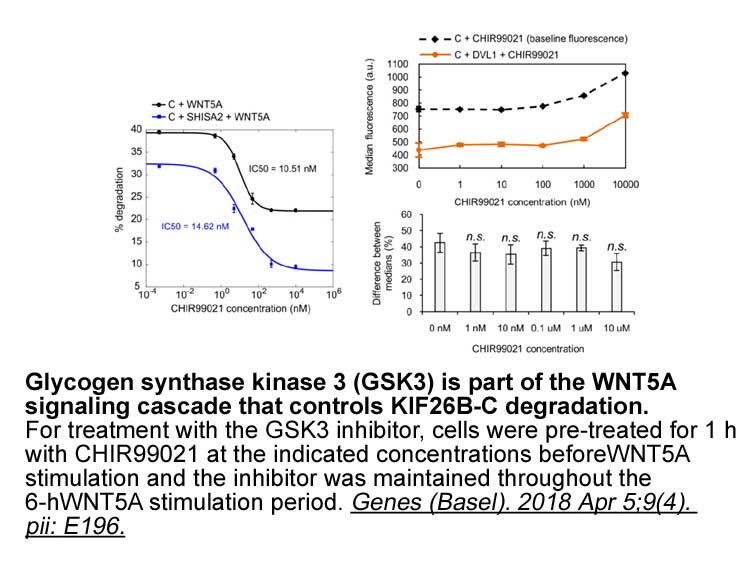
Apoptosis signal-regulating kinase 1 (ASK1, also referred to as MAP3K5)(Ichijo et al., 1997) participates in many different stress responses, including apoptosis (Chang et al., 1998, Chen et al., 1999, Ichijo et al., 1997, Kanamoto et al., 2000, Noguchi et al., 2008, Saitoh et al., 1998, Tobiume et
-
br Materials and methods br Results br Discussion
2025-03-01
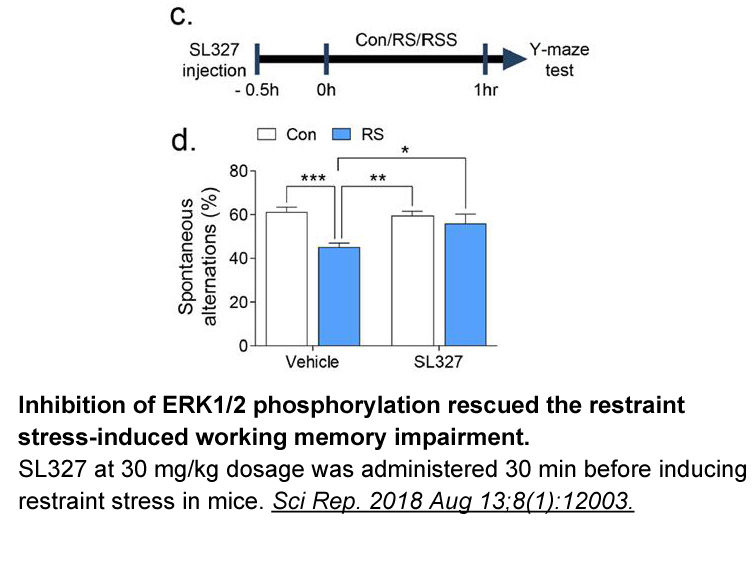
Materials and methods Results Discussion In this study, we administrated BDE-153 to newborn rat pups at PND 10 and cultured primary neurons, measured neuronal apoptosis and LDH activity in vivo and in vitro, then explored the possible predominant pathway underlying the neuronal apoptosis by
-
br Apelin The APJ receptor ligand
2025-03-01
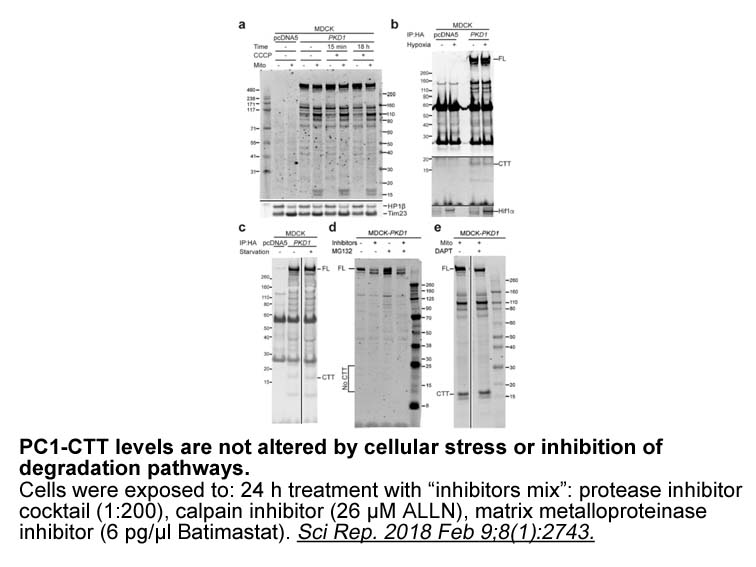
Apelin The APJ receptor ligand apelin firstly in 1998 was segregated from bovine stomach tissue. Human preproapelin gene located on chromosome Xq25–26.1. The apelin preproproteins consist of 77 amino ar 165 1 residues that are cleaved into biologically active C-terminal fragments of various size
-
br Introduction Breast cancer is the second
2025-03-01
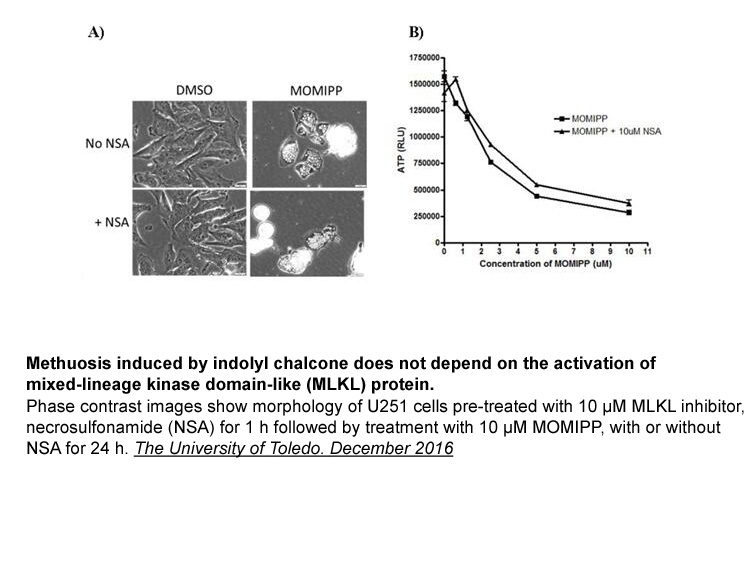
Introduction Breast cancer is the second most lethal cancer among women, accounting for approximately 40,000 deaths in the United States in 2015 [1]. The prognosis of breast cancer has improved significantly with the identification of immunohistochemical subtypes that predict response to therapy
-
The SMN and SMN promoters are regulated by transcription
2025-03-01
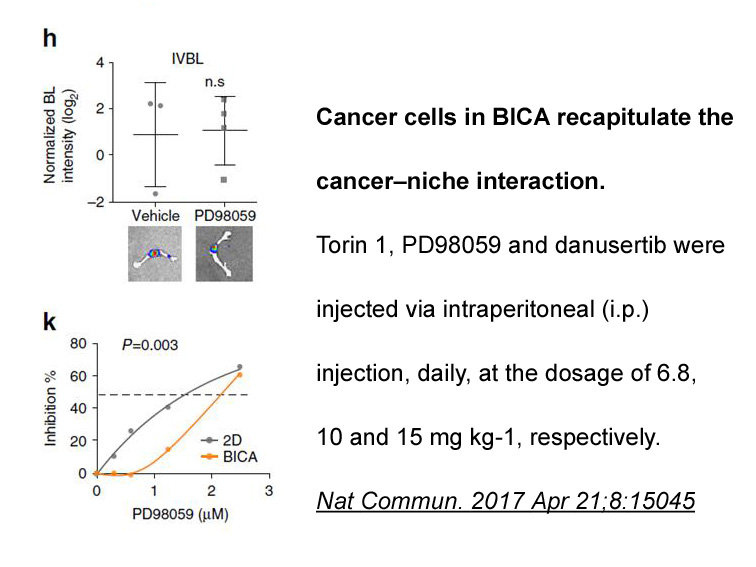
The SMN1 and SMN2 promoters are regulated by transcription factors such as E26 transformation-specific domain containing protein (ELK-1) and cAMP response element-binding protein (CREB) 58, 59. Compared with WT animals, mice with SMA exhibit increased and decreased ELK-1 and CREB phosphorylation, re
-
The AHR potentially enhances IDO expression possibly via cro
2025-03-01
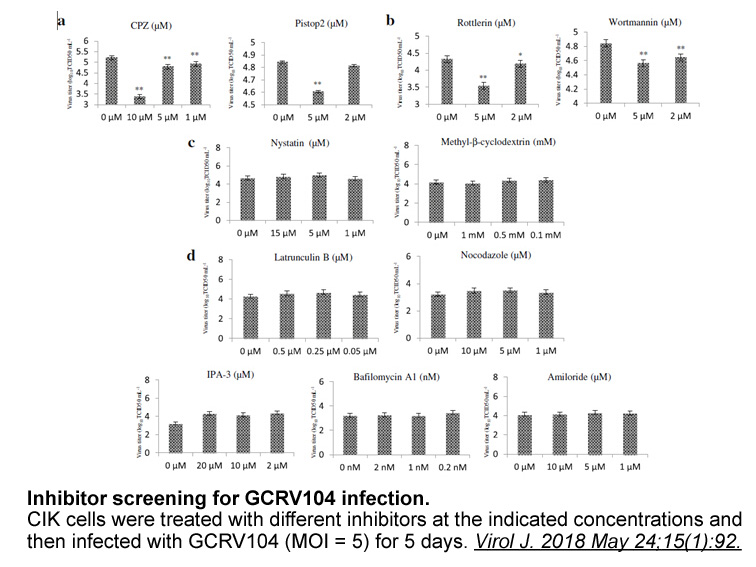
The AHR potentially enhances IDO-expression, possibly via crosstalk with several inflammatory signaling pathways (shown by now for IL6 and ‘signal transducer and activator of transcription’ (STAT) 3, and for NFκB, toll like receptor-pathways) [56,59,60]. IDO metabolizes Trp to kynurenines, which are
-
mecamylamine The extent to which GPCR oligomerization
2025-03-01
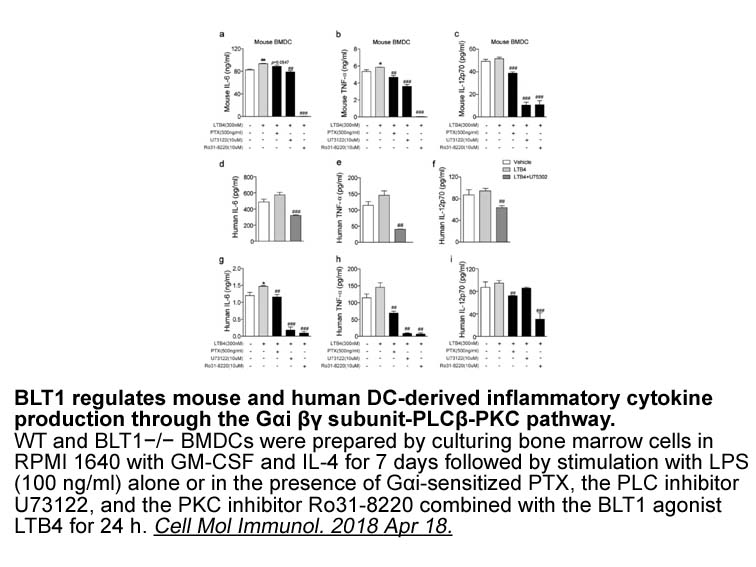
The extent to which GPCR oligomerization is a regulated process still remains unclear. Reported effects of ligands on both GPCR homo- and heteromers are highly variable and depend on GPCR subtypes and the specific ligand used. According to our data, chronic treatment of mice with both paroxetine or
-
The anorexic effect observed when AR is infused
2025-03-01

The anorexic effect observed when AR231630 is infused into the VTA could be the result of the DA release inhibition, as previously described [11]. However, there is also a hedonic aspect in feeding that possibly involves dopaminergic mechanisms of reward. Helm et al. showed a functional link between
14509 records 6/968 page Previous Next First page 上5页 678910 下5页 Last page